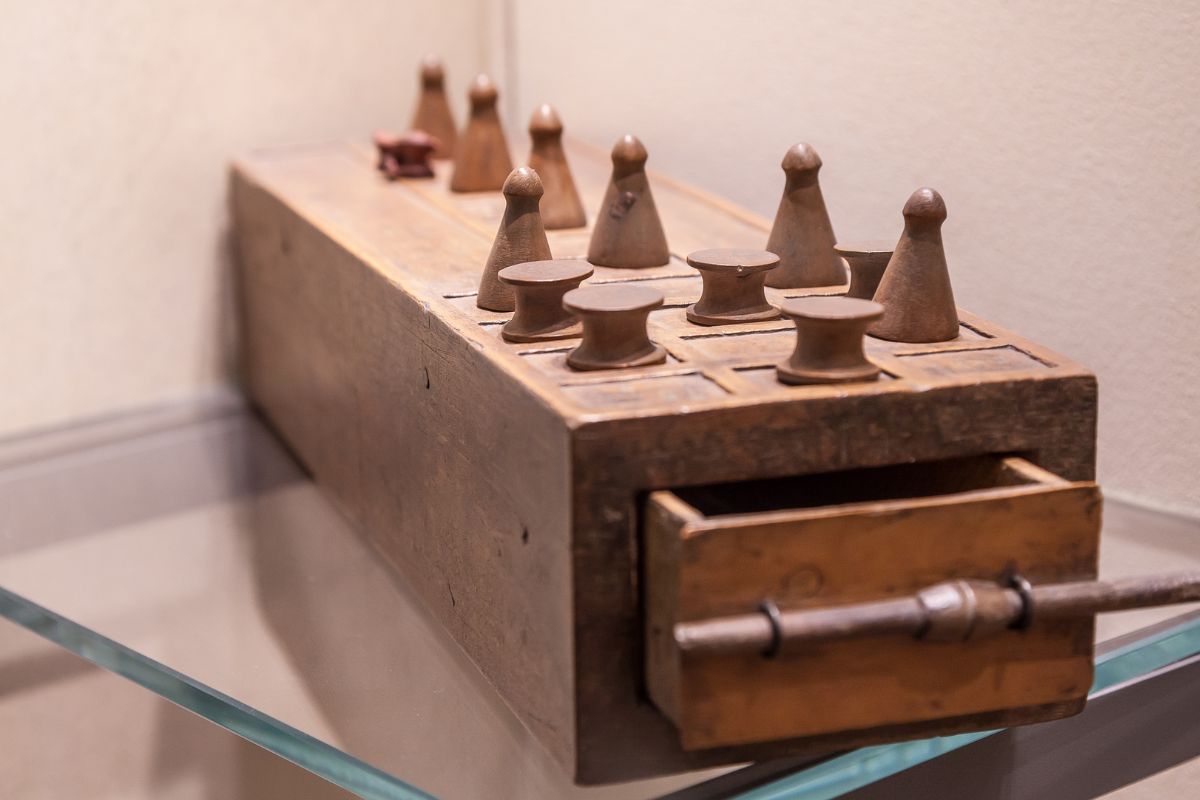Embarking on the journey to get a board game published can feel like navigating through an intricate maze. With the board game industry flourishing, the competition is fiercer than ever, but so are the opportunities. Whether you’re a seasoned game designer or someone who’s recently had a spark of creativity, this guide aims to steer you through the crucial steps and insider secrets of turning your board game dream into a shelf-worthy reality. Discover the key strategies and essential partnerships that can elevate your idea from the drawing board to the gaming table.
Understanding the Publishing Landscape
The journey to getting a board game published commences with a thorough understanding of the current landscape of the industry. Firstly, it’s crucial to distinguish whether you are aiming for a partnership with a well-established game publishing company or whether you are considering the route of self-publishing. Each pathway bears its distinct advantages and challenges. For instance, securing a deal with a recognized publisher can mean benefiting from their marketing prowess and distribution networks, while self-publishing offers unparalleled creative control and potentially higher profit margins, albeit with a significant upfront investment in terms of both time and resources.
Researching and aligning your game with the right publisher is paramount. Publishers specialize in different types of board games, ranging from family-friendly games to complex strategy games. Pinpointing a publisher whose catalog matches the style and audience of your game increases your chances of success.
You should also familiarize yourself with the submission guidelines of your chosen publishers. Many require a comprehensive game proposal, including a prototype, rules, and often a video explaining your game play. Networking can greatly increase your odds. Attending board game conventions, participating in game design contests, and joining online community forums are effective ways to connect with other developers, publishers, and potential mentors. These connections can provide valuable feedback, insight, and even direct introductions to publishers.
Keep in mind that the board game industry values originality, quality, and gameplay experience above all. Ensuring your game stands out in these aspects is crucial for a positive reception from both publishers and audiences.
Understanding the Board Game Market
The journey to publish a board game is an Odyssey on its own, demanding a nuanced understanding of the rapidly evolving board game market. At its core, this journey requires adeptness not just in crafting compelling game mechanics but also in keen market analysis. The market for board games spans a breathtaking array of genres, from family-friendly party games to complex strategy games, and appreciating this diversity is paramount. Recognizing where your game fits within this spectrum and identifying your target audience are crucial first steps. This not only fine-tunes your design process but also sharpens your marketing strategy, positioning your game for success.
Furthermore, staying abreast of trends is imperative. The board game industry, much like any other, is subject to the ebb and flow of consumer preferences. A surge in popularity for educational games, for instance, could open new opportunities for developers. Equally, the rising demand for games that blend traditional gameplay with digital elements reflects the industry’s direction towards hybrid experiences. Acknowledging these trends can guide developers to adjust their game’s features or marketing approach accordingly.
Lastly, understanding the distribution landscape is key. The route to market for board games has expanded beyond brick-and-mortar retailers to include online platforms, crowdfunding, and direct sales at conventions. Each channel comes with its own set of expectations and challenges. For example, crowdfunding not only helps secure the necessary finances but also builds a community around your game before it hits the shelves. Mastering these distribution channels will significantly boost your game’s visibility and commercial potential.
Crafting a Unique Game Concept
The journey to getting a board game published begins long before you pitch it to publishers or launch a crowdfunding campaign. It starts in the heart of the creative process: crafting a unique game concept. This phase is critical, as the game industry is highly competitive and saturated with numerous ideas. Your concept doesn’t have to reinvent the wheel, but it should offer something fresh, engaging, and, most importantly, fun to the gaming community.
Start by identifying a theme or mechanic that intrigues you and has not been overly explored. You can draw inspiration from a variety of sources, such as books, movies, history, or even personal experiences. However, the magic happens when you can combine familiar elements in innovative ways that evoke curiosity and excitement. Pay attention to the current trends in the gaming world, but don’t be afraid to venture into uncharted territories. It is often the bold ideas that capture the audience’s attention and stand out to publishers.
Understanding your target audience is crucial. The design and complexity of your game should resonate with their interests and gaming experience. It’s beneficial to conduct some market research to gauge what potential players might be looking for in a new game. Engage with gaming communities online and offline, attend gaming conventions, and playtest other games to gather insights.
| Step | Action | Outcome |
| 1 | Identify a unique theme or mechanic | A fresh game concept |
| 2 | Combine familiar elements in new ways | Enhanced player curiosity and engagement |
| 3 | Conduct market research | Alignment with audience interests |
Finally, remember that persistence and flexibility are key. Your initial concept might evolve significantly as you refine it through playtesting and feedback. Embrace this part of the process, as it is essential for developing a game that not only you will love but will also appeal to a broader audience.
Prototype Development and Testing
The journey from a mere idea to a tangible board game begins with prototype development. This stage is crucial, as it transforms your abstract concepts into a playable format. Begin with a simplistic, cost-effective approach, using materials readily available to you. It’s not the time for aesthetic finesse; focus instead on functionality. The prototype’s primary role is to facilitate gameplay testing and iteration, allowing you to identify and resolve issues swiftly.
Once your prototype is assembled, rigorous testing is paramount. Start with solo testing to ensure the game’s mechanics function as anticipated. Following this, expand your testing group to include friends, family, and eventually, unbiased gamers. Their feedback is invaluable, offering fresh perspectives on your game’s dynamics, rules clarity, and overall enjoyment factor. It’s during this phase that you should be highly receptive to critiques, prepared to refine and sometimes overhaul aspects of your game. The aim is to strike a perfect balance between challenge and entertainment, ensuring your board game is engaging and accessible.
Documenting the outcomes of each test session is vital. Note down what players enjoyed, what confused them, and any suggestions they might have. This documentation will serve as a roadmap for adjusting your prototype. Remember, the path to a successful board game is iterative; be prepared to cycle through multiple versions of your prototype. Such dedication to refinement underscores the difference between a good game and a great game. As your prototype evolves, so too will its potential for publication, drawing you ever closer to realizing your dream of having your game enjoyed by players around the world.


